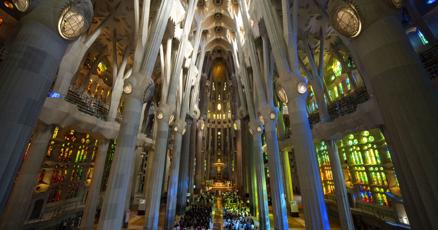Divine Design: Pope Elevates Antoni Gaudí from Visionary Architect to Saintly Legacy

In a significant move that honors architectural brilliance and spiritual devotion, Pope Francis has advanced Antoni Gaudí's path toward potential sainthood by declaring him "venerable." This prestigious recognition celebrates the extraordinary life of the visionary Spanish architect who passionately dedicated decades to creating the breathtaking Sagrada Familia basilica in Barcelona.
Gaudí, renowned for his revolutionary modernist designs and deep Catholic faith, is now one step closer to potential beatification. His remarkable architectural masterpiece, the Sagrada Familia, stands as a testament to his unparalleled creativity and spiritual commitment. The basilica, still under construction more than a century after its inception, remains a stunning embodiment of Gaudí's architectural genius and profound religious inspiration.
The Vatican's decision to elevate Gaudí to "venerable" status acknowledges not just his architectural achievements, but also his profound spiritual journey. This recognition highlights Gaudí's unique ability to merge artistic innovation with deep religious conviction, making him a remarkable figure in both architectural and ecclesiastical history.
As the Catholic Church continues to evaluate Gaudí's potential for sainthood, his legacy as an extraordinary architect and devoted believer continues to inspire artists, architects, and spiritual seekers around the world.
